Know Before You Choose! Key Qualities of a Good Faucet
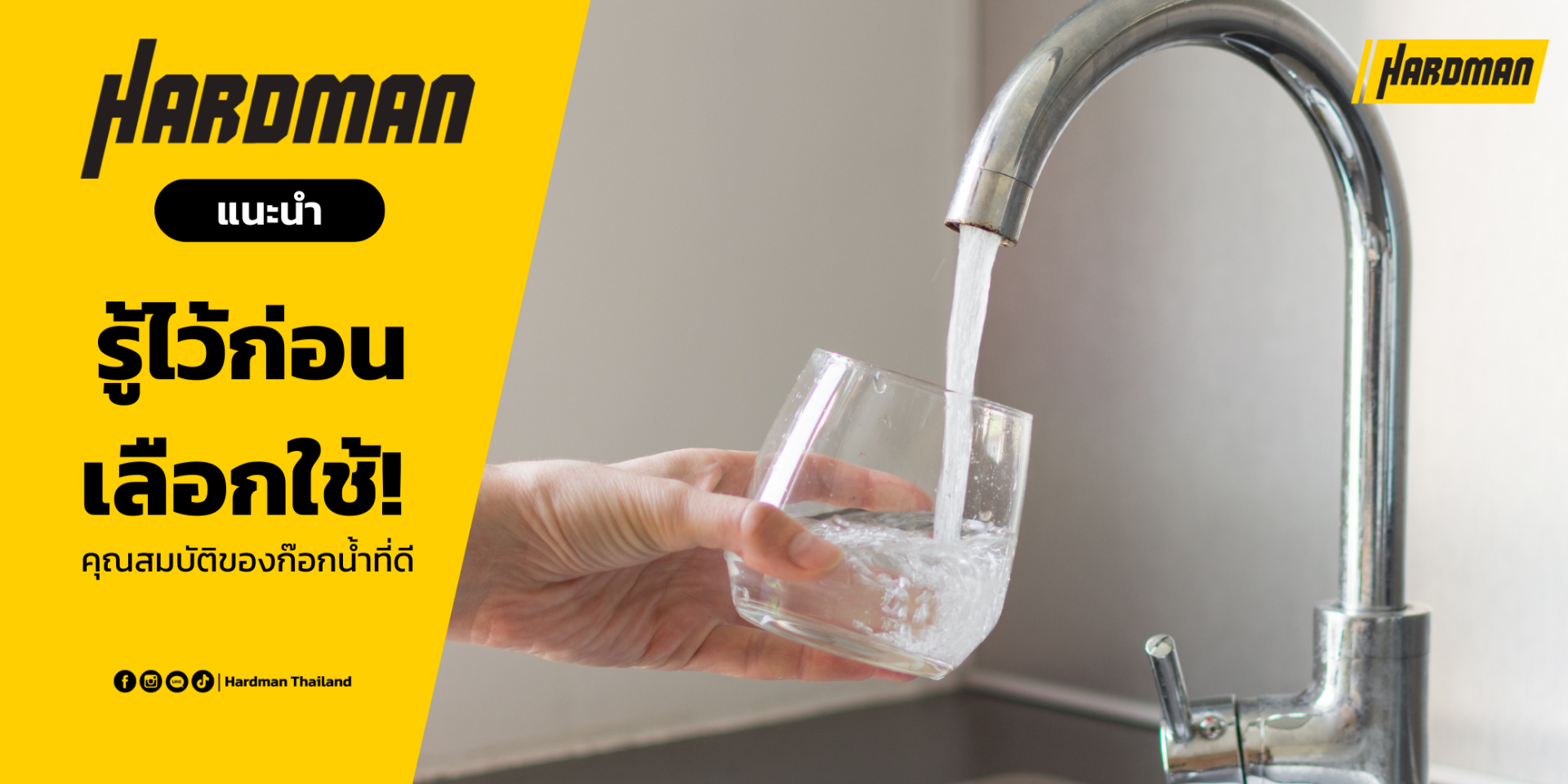
A faucet is an essential sanitary fixture that plays a major role in our daily liveswhether for showering, washing your face, doing dishes, or even watering the garden. Choosing a high-quality faucet not only adds convenience but also impacts the safety and hygiene of household members.
Choosing the Right Faucet Material: Whats Worth It?
Faucets on the market come in a variety of materials such as plastic, ceramic, stainless steel, zinc, and brass. Each has its own pros and cons
- Brass
 |
- Stainless Steel
 |
![]()
Strong, corrosion-resistant, and has a long lifespan.
- Ceramic and Plastic
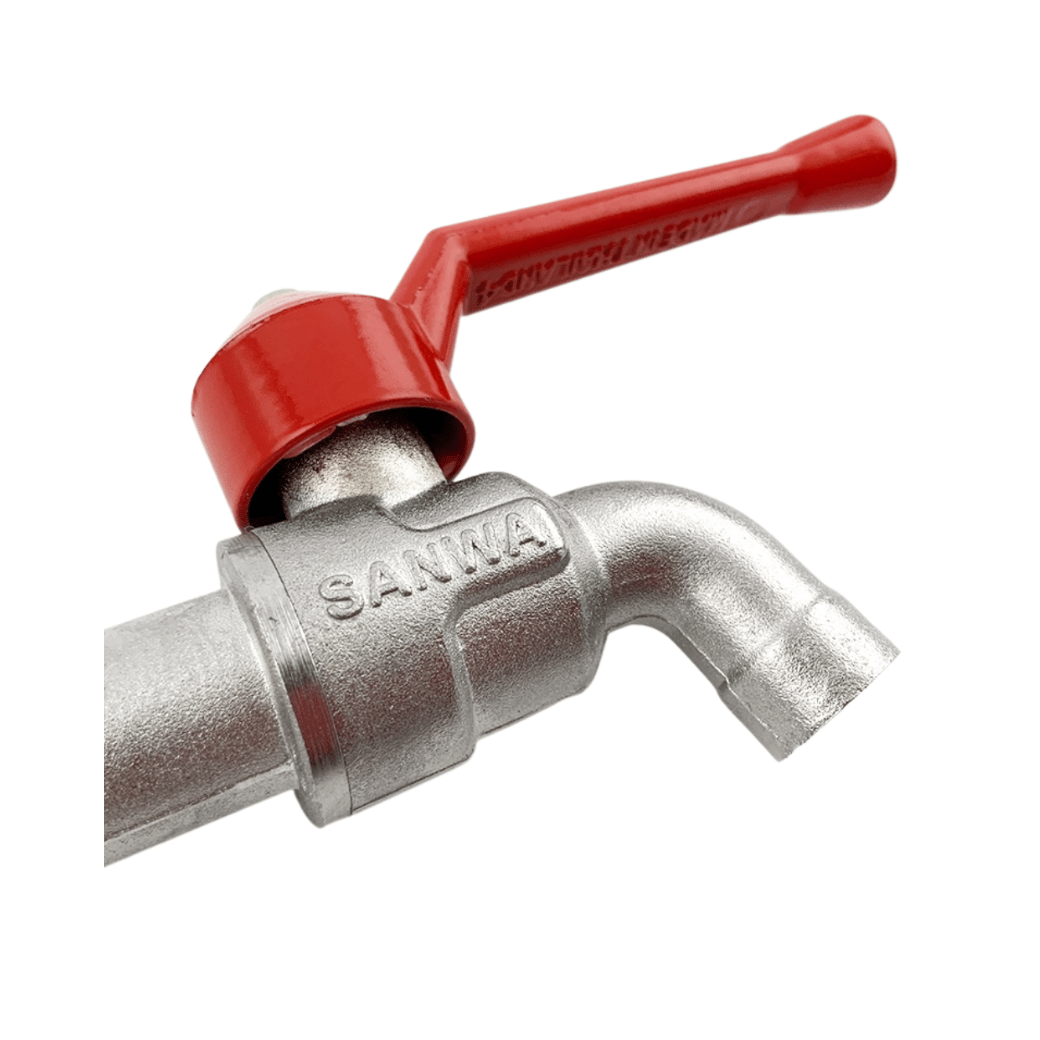 |
![]()
Lightweight and budget-friendly, but may not withstand heavy impact or frequent use.
- Zinc
 |
Common in budget models, but may rust if the surface coating is poor.
Types of Faucets You Should Know
Before buying a faucet, consider your usage to match the right type. Faucets generally fall into six major categories
1. Single-Handle Faucets
 |
Typically used outdoorsfor gardening, car washing, or laundry. Easy to connect with a hose.
2. Bathroom Sink Faucets
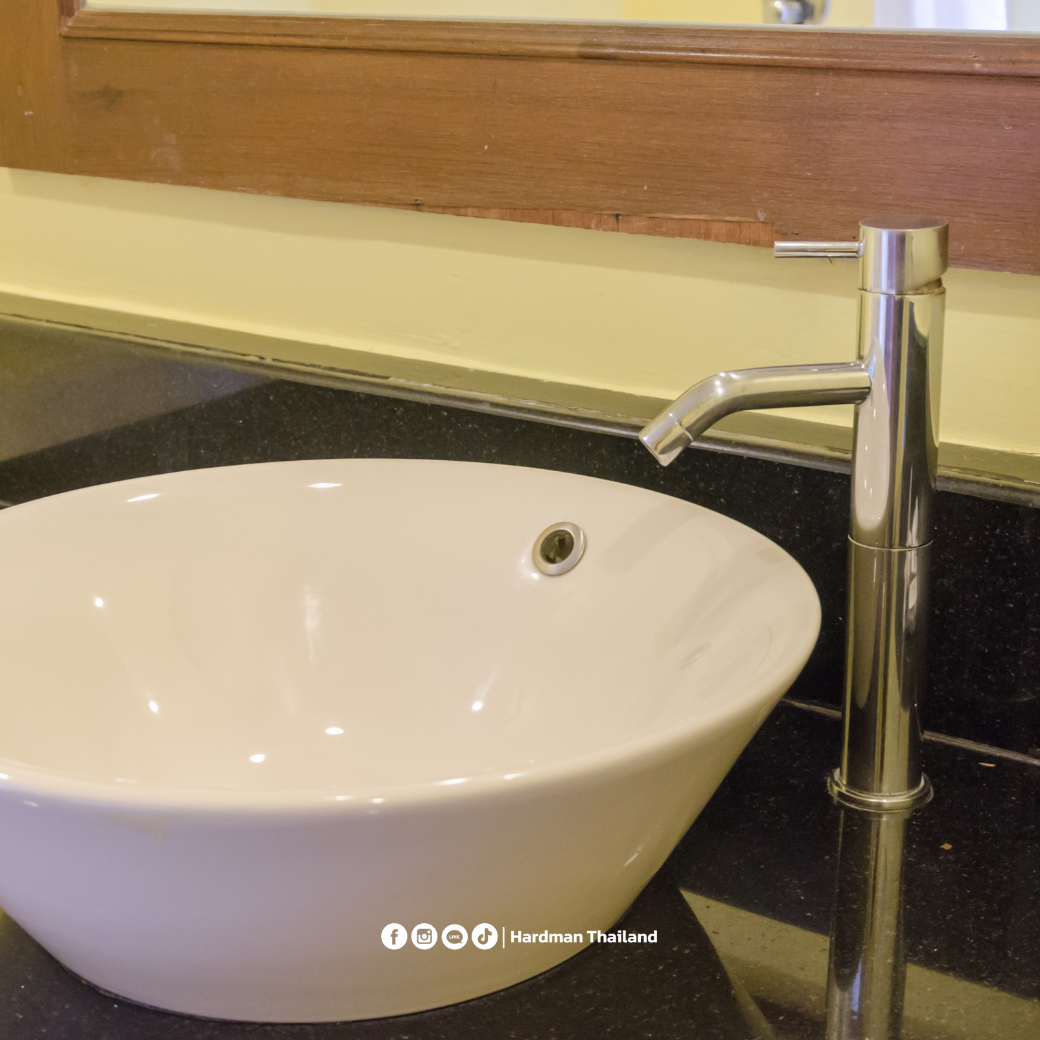 |
Available in single or mixer types, allowing control over both water temperature and pressureperfect for those needing hot and cold water.
3. Kitchen Sink Faucets
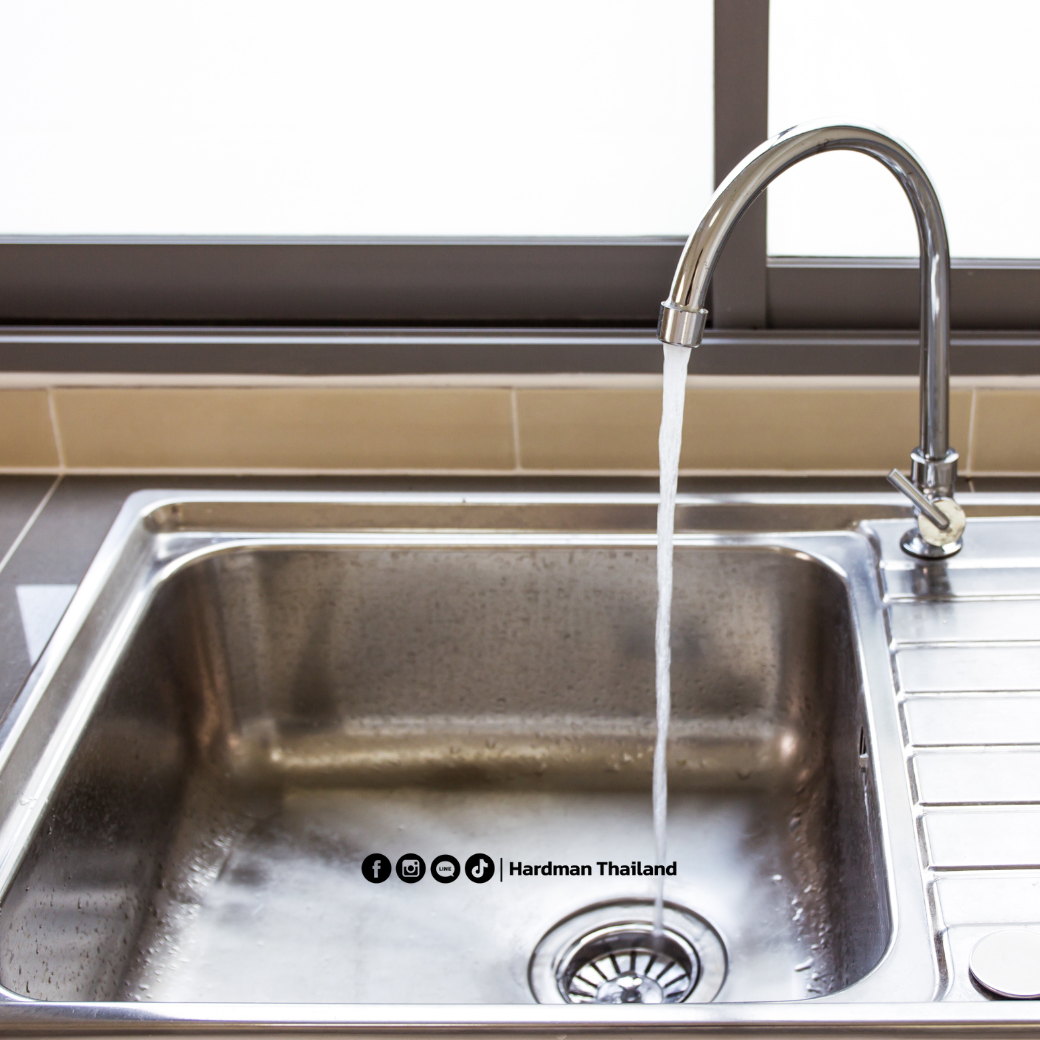 |
Designed for kitchen use, these come in single-lever or mixer models. Some allow the spout to swivel or pull out for added flexibility.
4. Shower and Bathtub Faucets
 |
Equipped with showerheads and valve systems. Options include handheld showers or models with both handheld and fixed heads for versatile use.
5. Bidet Spray (Handheld Bidet)
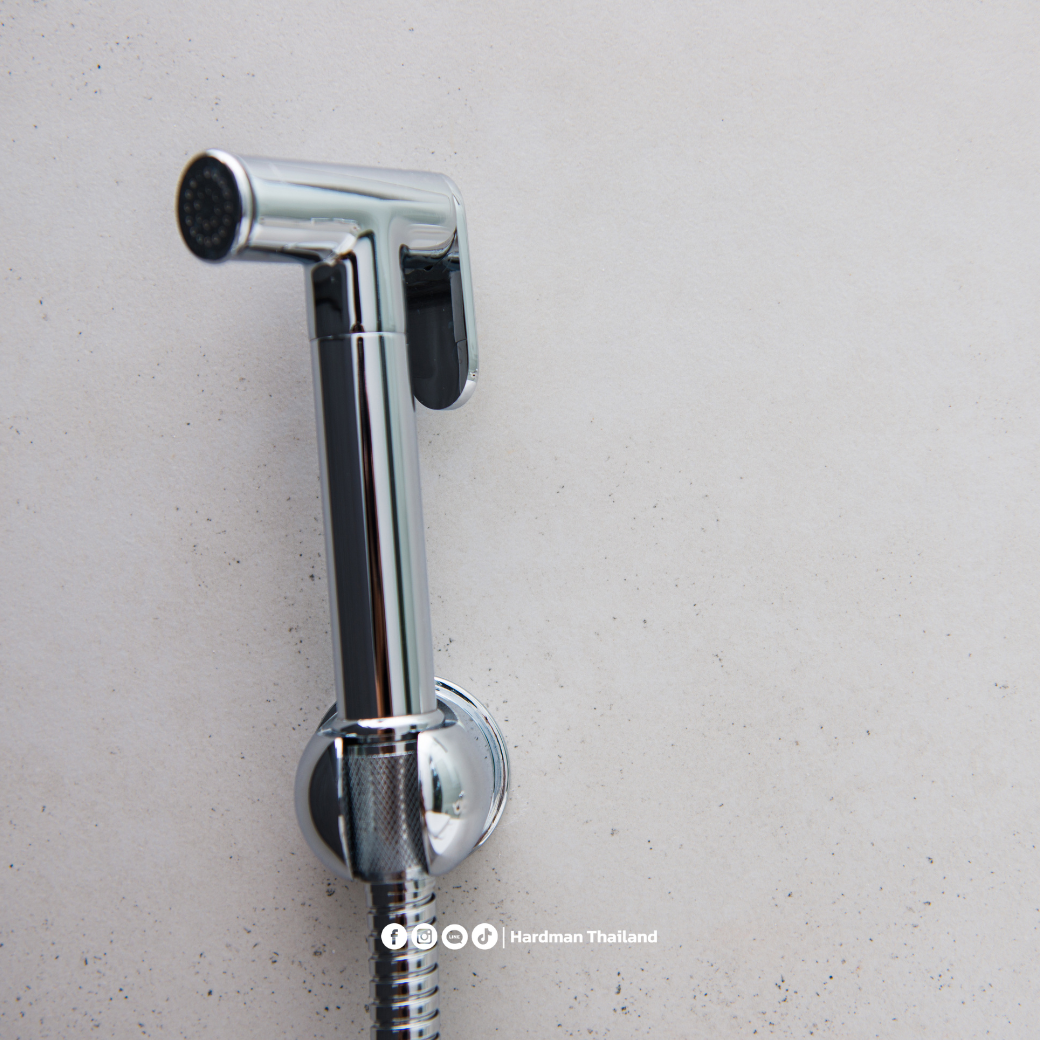 |
Comes in external push-button (easy to grip and press) or internal push-button designs (modern look, less likely to accidentally activate).
6. Flush Valves
 |
Used with toiletsreleases water automatically when turned on and stops when finished.
Characteristics of a Good Faucet
- Made from rust-resistant materials, especially brass
- Chrome-coated surface for shine and resistance to chemicals and scratches
- Tight rubber seal to prevent leakage
- Ceramic valve for durability and effective water control
- Adjustable or swivel faucet head to prevent hose tangling
Things to Know Before Installation
- Run water through the pipes for about 10 minutes before installing to flush out debris or sediment.
- Avoid scrubbing with hard-bristled brushes or using harsh cleanerssimply wipe with a clean cloth.
- If using tools to grip the faucet, wrap them with cloth or use tools with padding to prevent scratching.


